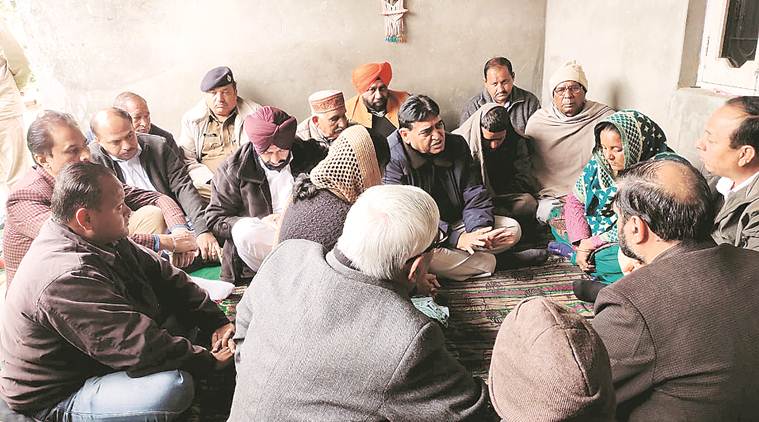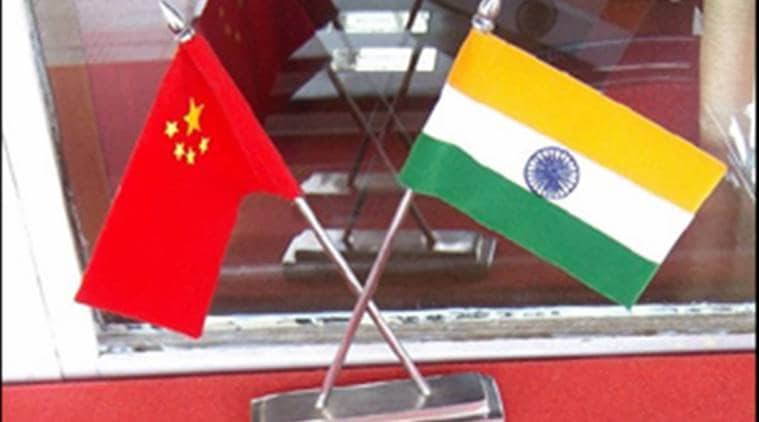The pronouncement of death sentence on General Musharraf is a blow to the military’s image and decisions, and it is unlikely that the military will not take steps to do damage control. The judgment seems to be a result of an old tussle between the judiciary and Musharraf. Outgoing Chief Justice Asif Saeed Khosa’s commitment to conclude the case before he retires played a critical role in the verdict.

Shalini Chawla
Distinguished Fellow, Centre for Air Power Studies
General Pervez Musharraf’s death sentence in a high treason case by a Special Court of Pakistan has generated strong reactions. The development is indeed historic in a military-dominated state where the stature of the armymen is guarded above all institutions and circumstances. The ascendancy of the Pakistan military does not flow only from the barrel of the gun but also its deep involvement in all facets: its corporate interests and its ability to dictate democratic terms which distinguish the institution from other forces of the world.
Musharraf, who came into power through a military coup in 1999, has been found guilty of suspending the constitution in 2007 and imposing extra-constitutional emergency from November 3 to December 15, 2007. Musharraf resigned in August 2008 in the wake of the nationwide mass protests led by lawyers following the suspension of Chief Justice Iftikhar Muhammad Chaudhry, and the agreement amongst the opposition parties, including the PPP and PML-N, to launch impeachment proceedings against him. On July 31, 2009, the Supreme Court ruled that the November 3, 2007 acts of Musharraf were unconstitutional. In 2013, charges of high treason were filed by Sharif’s party — the PML-N — whose scars of humiliation (in 1999) and blow to his political career never healed. The General’s death sentence is being rejoiced by opposition parties which blame Musharraf for pushing the country under a prolonged stint of dictatorship and denting their political designs, and the judiciary, which seems to be more confident after playing an assertive role in challenging the extension of army chief, General Bajwa. The judiciary appears to be contented with its supreme position and having finally punished Musharraf, who challenged its authority and fired several prominent judges in November 2007.
The military has reacted to the judgment with a ‘lot of pain and anguish’. The ISPR press release stated: “An ex-Army chief, Chairman Joint Chief of staff committee and President of Pakistan, who has served the country for over 40 years, fought wars for the defence of the country can surely never be a traitor. The due legal process seems to have been ignored, including constitution of special court, denial of fundamental rights of self defence, undertaking individual specific proceedings and concluding the case in haste. Armed Forces of Pakistan expect that justice will be dispensed in line with Constitution of Islamic Republic of Pakistan.”
This has been the case in Pakistan, where the military has innovatively altered the constitution to align it with its ambitions to gain and expand power.
The direct military rule in Pakistan is traced to the late 1950s when President Iskander Mirza realised his incapability to cope with the discontent in West Pakistan where the separatist forces were asserting themselves. Consequently, the 1956 constitution was abrogated and martial law imposed on October 7, 1958, as a joint decision of President Mirza and Gen Ayub Khan. The 1958 coup was conducted secretly and came unannounced for the people and policy-makers. The commanders-in-chief of the air force and the navy were also informed only after arrangements were finalised. Ayub Khan assumed presidency in October 1958. The office of the prime minister was abolished and the cabinet sworn in as a presidential cabinet.
This resulted in the dismissal of the democratic forces that were emerging on the eve of first General Elections. Ayub worked on multiple spheres and appointed 23 commissions to report on a variety of issues, including constitutional and legal reforms. The new constitution in 1962 institutionalised the military’s role in the power structure and Ayub adopted the approach of ‘basic democracy’ which allowed a controlled participation of the electorate.
After losing credibility, Ayub Khan handed power to the Army Commander-in-Chief, General Yahya Khan, in 1969, stating that the military represented “the only effective and legal instrument, to take over full control of the affairs of this country.”
In 1977, General Zia-ul-Haq led a coup and the judiciary gave sanction to the military regime under the infamous ‘doctrine of necessity’. Substantial changes were made in the constitution, handing over enormous powers to the president and Zia got himself elected as president in a fraudulent referendum held in 1984. The Eighth Amendment provided the president discretionary powers and suggested that the president had the power to return the recommendations made by the prime minister regarding the appointment of the judges to the federal court and high court.
Most important during Zia’s tenure was the build-up of the image of the military as the guardian of not only the territorial boundaries but also the ideological boundaries. The democratic regimes between 1988 and 1999 were unstable and changed frequently, especially, if the agenda of the elected governments challenged the power and functioning of the army. There were four elections and both Benazir Bhutto and Nawaz Sharif returned to power twice and there were four caretaker governments inbetween.
The 1999 coup by General Musharraf was condemned at the international level, but within Pakistan, Nawaz’s corruption details and mammoth wealth worked in favour of the military’s return to power. Musharraf, like his predecessors Ayub and Zia, institutionalised the military control over state politics.
After General Musharraf, the military under Generals Kayani, Raheel Sharif and Bajwa has restrained from direct political control and discreetly maintained the red lines for the elected leaders. Critical matters of national security remain exclusively under the military’s domain: defence budget; nuclear arsenal, including the programme, doctrine and strategy and; foreign policy vis-à-vis India and Afghanistan.
The military’s position was challenged during the judicial proceedings over General Bajwa’s extension.Reports suggest that the process has been manipulated by a coterie of disgruntled generals whose ambitions have been dented by Bajwa’s three-year extension granted by Prime Minister Imran Khan, who owes his success in the 2018 elections to General Bajwa. But the fact remains that the judiciary did challenge his extension and the episode undermines General Bajwa’s credibility, the military’s position and projects underlying tensions amongst the military’s top brass.
The judgment of Musharraf’s death sentence is unprecedented and a blow to the military’s image and decisions, and it is unlikely that the military will not take steps to do damage control. Image management, along with threat management, is critical for military’s position within and outside Pakistan. The current judgment seems to be a result of an old tussle between the judiciary and Musharraf. The outgoing Chief Justice of Pakistan, Justice Asif Saeed Khosa, who is applauded for fair trials was displeased by the undue interference of the high courts in the case. His commitment to conclude the case before he retires played a critical role in the verdict.
Musharraf’s case also represents a measure of tensions between the civilian government and the judiciary as the PTI government was attempting judicial moves to stop the special court from announcing the verdict. Given the history of Pakistan’s military, the judgment should not be seen as an indicator of alteration in the power dynamics of Pakistan. How the military will deal with the pain and anguish caused by the judgment and how it will ensure its continued dominance remains to be seen.

























































































































